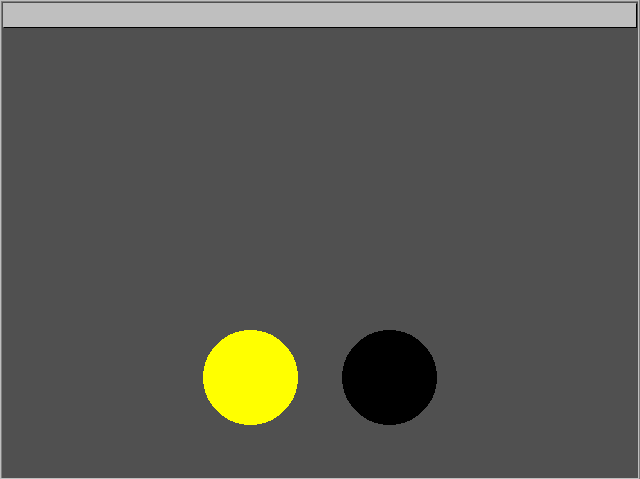RT

G. Schuhfried © SCHUHFRIED GmbH
Application
Depending on the form used, the RT can be used to measure either reaction time or reaction time and motor time. Forms S7 and S8 can also be used to measure phasic alertness. Forms S1-S3 can be used with children as young as six years of age.
Theoretical background
Dorsch (1994) defines reaction time as the time that elapses between a signal and the start of the mechanical response movement when the respondent is instructed to react as quickly as possible. Since such response times need to be measured in milliseconds, the test instrument used must be very precise and highly reliable. With the RT is it possible to measure reaction time for both simple choice and a multiple-choice reactions. Light and sound stimulus modalities are available, with a choice of the colours red, yellow or white, so that different stimulus constellations for the measurement of reaction time can be created. These can range in the different test forms from individual stimuli to simultaneous or sequentially presented stimulus combinations. The use of a rest key and a reaction key makes it possible to distinguish between reaction and motor time.
Administration
The Response Panel is used as the input device. An animated instruction phase and an error-sensitive practice phase lead on to the task itself. The test involves the presentation of coloured stimuli and/or acoustic signals. The respondent is instructed to press the reaction key only when specific stimuli are presented and, having pressed the key, to return his finger immediately to the rest key. Headphones can be used in group testing situations.
Test forms
Forms S1-S5 assess reaction time and motor time in response to simple and complex visual or acoustic signals. Forms S1 and S2 involve only one critical stimulus, to which the client must react. These two forms therefore do not measure incorrect reactions. By contrast, forms S3 and S4 contain critical stimulus combinations to which the client must react; incorrect reactions are measured in these forms. Form S6 is particularly suitable for measuring changes in reaction time over a relatively long period of time under monotonous stimulus conditions (vigilance). Forms S7-S8 are used to measure alertness.
Scoring
The following main variables are calculated, depending on test form: Mean reaction time and Mean motor time, Dispersion of reaction time and Dispersion of motor time, Difference in mean reaction time with and without cue and Difference in mean motor time with and without cue. Means are calculated using a Box-Cox transformation; this ensures that they provide an optimal representation of the central tendency of the distribution of the reaction times.
Reliability
Reliabilities (Cronbach’s alpha) in the norm sample vary between r=0.83 and r=0.98 for reaction time and between r=0.84 and r=0.95 for motor time.
Validity
Content (logical) validity is given for the Reaction Test. The presentation of an individual stimulus for one second is such a simple requirement that it can be assumed that nothing other than a reaction to that stimulus occurs. Studies of criterion validity in the field of traffic psychology show significant correlations between results on the RT and the result of a standardized driving test. In addition, it has been shown that the test has adequate convergent validity.
Norms
Norm samples varying in size for the different test forms between N=75 and N=855 are available for the RT; some norms are also available partitioned according to age, gender and educational level. For a number of forms special norms are also available for school children and for drivers who have committed motoring offences.
Time required for the test
Between 5 and 10 minutes (including instruction and practice phase), depending on test form.